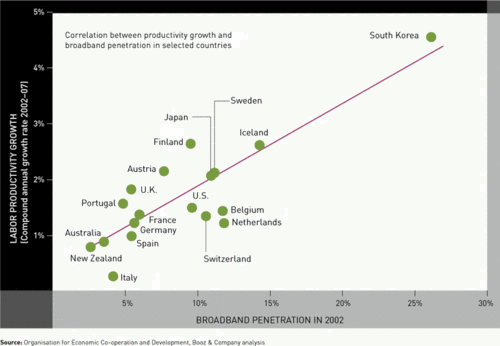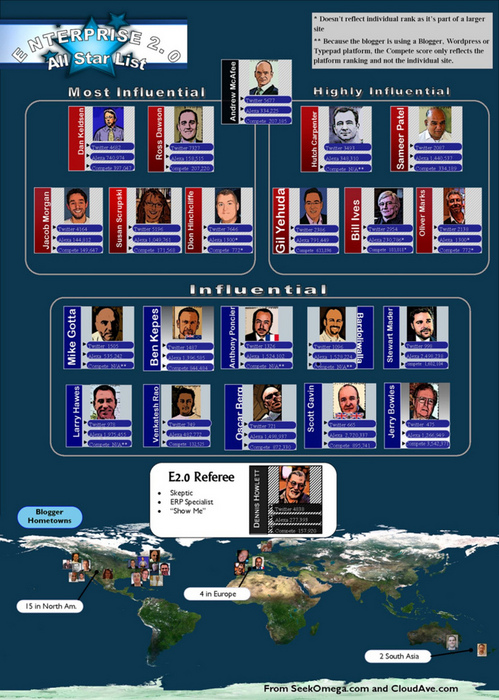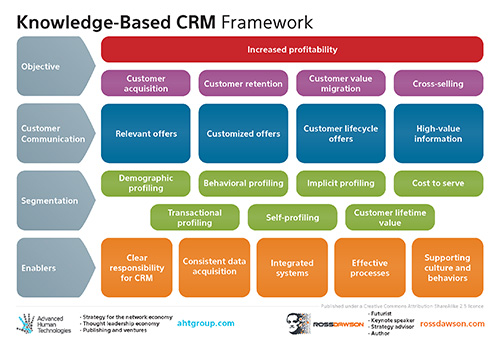Speedtest.net is my go-to resource for Internet speed testing, whether it’s checking whether there are service problems, or making sure that event venues where we have video over IP links to speakers around the world have sufficient bandwidth.
One of the great additions to the service is a compilation of all their data to show bandwidth speeds around the world. While it is not necessarily fully accurate data, it is definitely current. The most thoroughly researched source for broadband comparisons is the OECD, but unfortunately the latest data from them is a couple of years old now, during which there have been significant changes in the landscape.
South Korea is the winner, with an average speed of 22.47Mbps, but it is closely followed by Japan, and countries in Eastern Europe and Scandinavia (including the #2 on the list, Aland Islands, part of Finland).
USA is #30 and Australia #43, well down in the rankings, though both are very large and economically distributed. Countries like China and Malaysia do respectably, in the 2-3Mbps range, though the problem is China in particularly still has substantial dial-up access.
As pretty much all governments have recognized, there is no question that broadband access will be a key economic driver. It will be interesting to map quite how much.
Full list of broadband speeds in 181 countries below the fold.
Read more →




